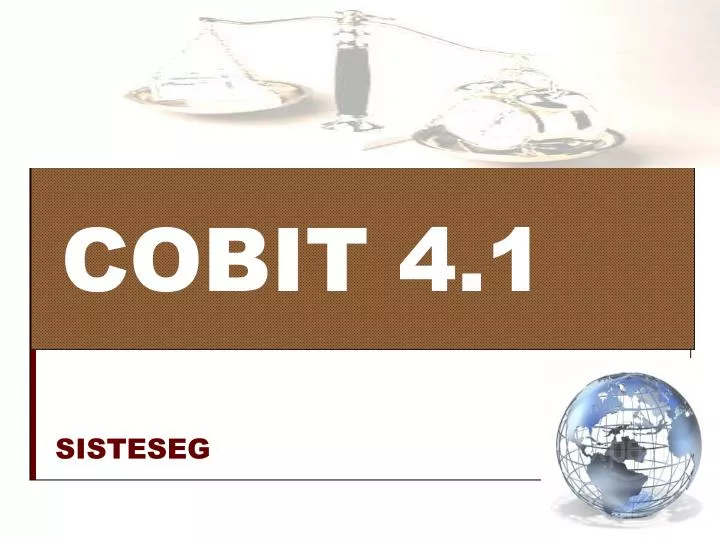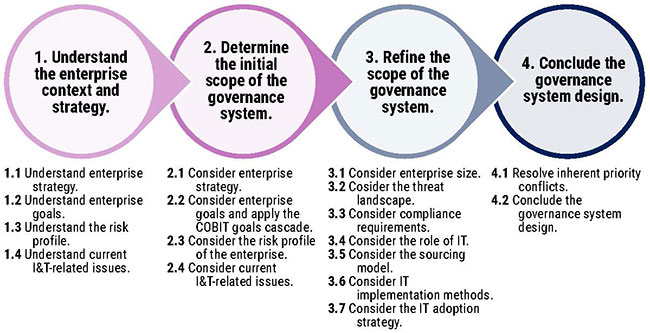
An open-source model that allows for feedback from the global governance community to encourage faster updates and enhancements. Better alignment with global standards, frameworks and best practices to bolster the framework’s relevance.  Focus areas and design factors that give more clarity on creating a governance system for business needs. COBIT 2019 was introduced to build governance strategies that are more flexible, collaborative and address new and changing technology.Īccording to the ISACA, COBIT 2019 was updated to include: This updated version of COBIT is designed to constantly evolve with “more frequent and fluid updates,” according to the ISACA. The ISACA announced an updated version of COBIT in 2018, ditching the version number and naming it COBIT 2019. In 2012, COBIT 5 was released and in 2013, the ISACA released an add-on to COBIT 5, which included more information for businesses regarding risk management and information governance.
Focus areas and design factors that give more clarity on creating a governance system for business needs. COBIT 2019 was introduced to build governance strategies that are more flexible, collaborative and address new and changing technology.Īccording to the ISACA, COBIT 2019 was updated to include: This updated version of COBIT is designed to constantly evolve with “more frequent and fluid updates,” according to the ISACA. The ISACA announced an updated version of COBIT in 2018, ditching the version number and naming it COBIT 2019. In 2012, COBIT 5 was released and in 2013, the ISACA released an add-on to COBIT 5, which included more information for businesses regarding risk management and information governance. 
These updates included more information regarding governance surrounding information and communication technology. Later, in the 2000s, the ISACA developed version 3, which brought in the IT management and information governance techniques found in the framework today.ĬOBIT 4 was released in 2005, followed by COBIT 4.1 in 2007. In 1998, the ISACA released version 2, which expanded the framework to apply outside the auditing community.

COBIT is an IT management framework developed by the ISACA to help businesses develop, organize and implement strategies around information management and IT governance.įirst released in 1996, COBIT (Control Objectives for Information and Related Technologies) was initially designed as a set of IT control objectives to help the financial audit community better navigate the growth of IT environments.







 0 kommentar(er)
0 kommentar(er)
